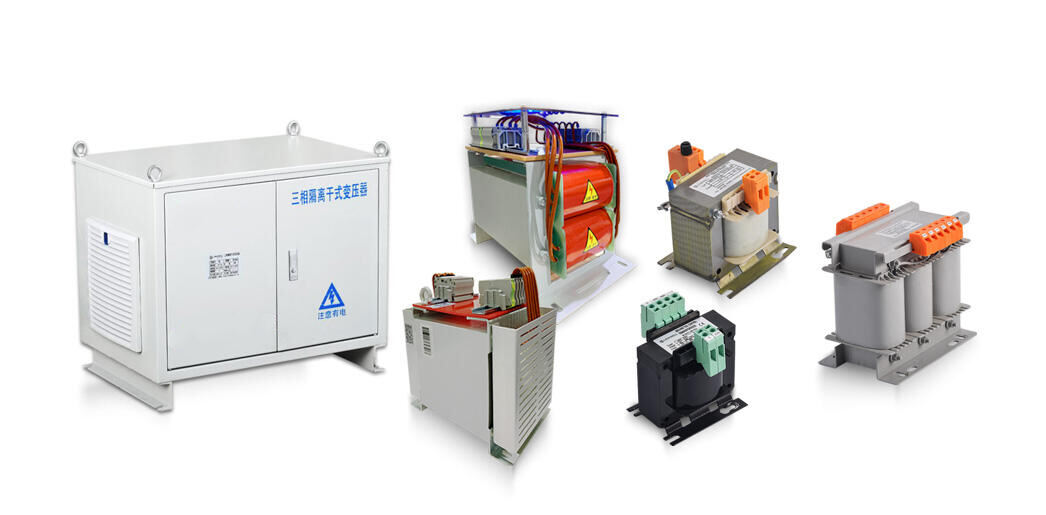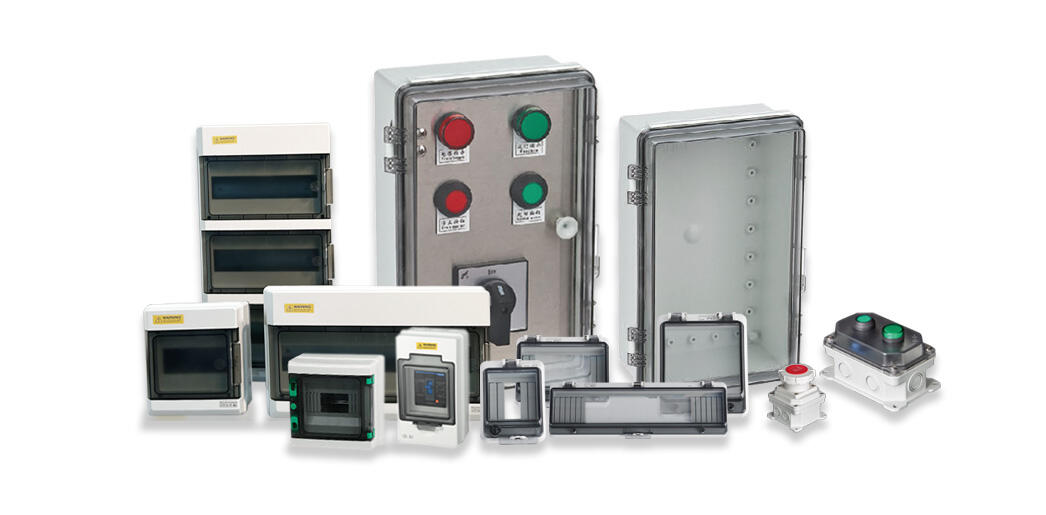Terminal Strips Terminal strips are used to attach wires so that a current can pass from one place to another. They’ve got tiny screws you can tighten to keep the wires in place. In this lesson, we discuss screw terminals; describe how they work and why they’re useful; learn how to install them correctly; see where we can use them in our lives, at home and in big buildings; and learn how to take care of them if they’re not working right.
A screw terminal strip is a little strip with a row of little screws. The screws can be unscrewed to reveal tiny holes in which you put the ends of the wires. When you screw the screws down again, the wires stay connected. This allows electricity to flow along the wires and do things — such as turn on a light or make a fan spin.

They are wonderful, since it’s so easy to attach wires. Nothing to twist the wires together or wrap them in tape. The screws really put the effort in for you! They also allow you to get the wires out without too much trouble if you need to move things around or troubleshoot. And, of course, they are super reliable and won’t wiggle their way out on their own.

Screw terminal strips are applicable in a wide range of places, also at home and in big buildings. At home we can wire wires for things like lights, outlets, ceiling fans. In large buildings, such as schools or factories, we can run wires to connect alarm systems, security cameras and machines. They're really cool, and have so many uses!

If you want to keep your screw terminal strip in good condition, you need to check it now and then to ensure that the screws are not loose. You can then loosen the screws, correct the wires, and then tighten the screws. When troubleshooting, you can test to see if electricity is flowing the way it should with a voltage tester if something isn't working right. If you don’t know what to do, ask a grown-up for help!

Copyright © Linkwell Electric (Shanghai) Co., Ltd. All Rights Reserved - Privacy Policy | Blog